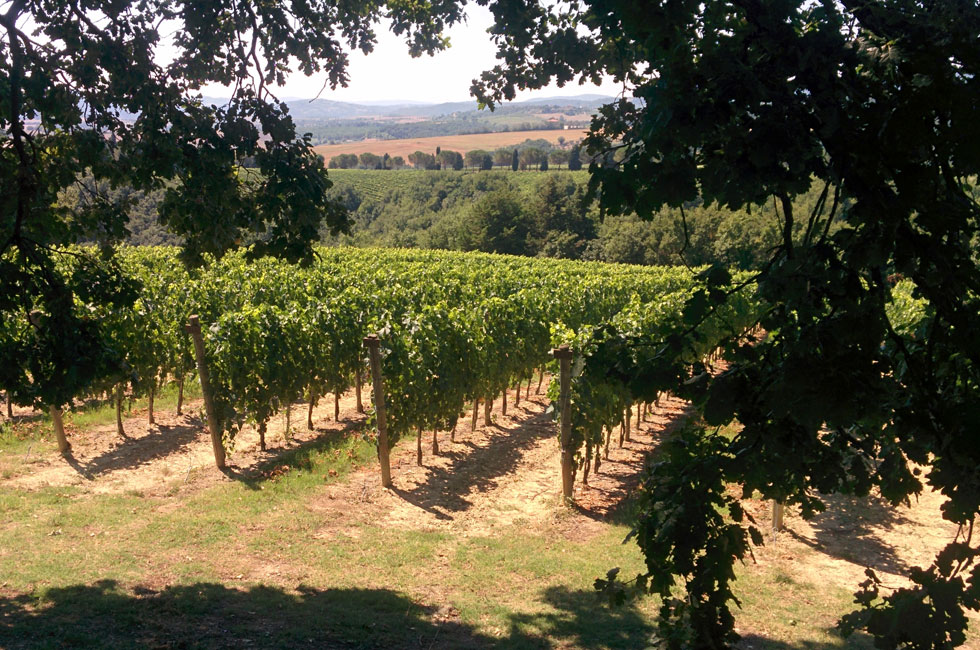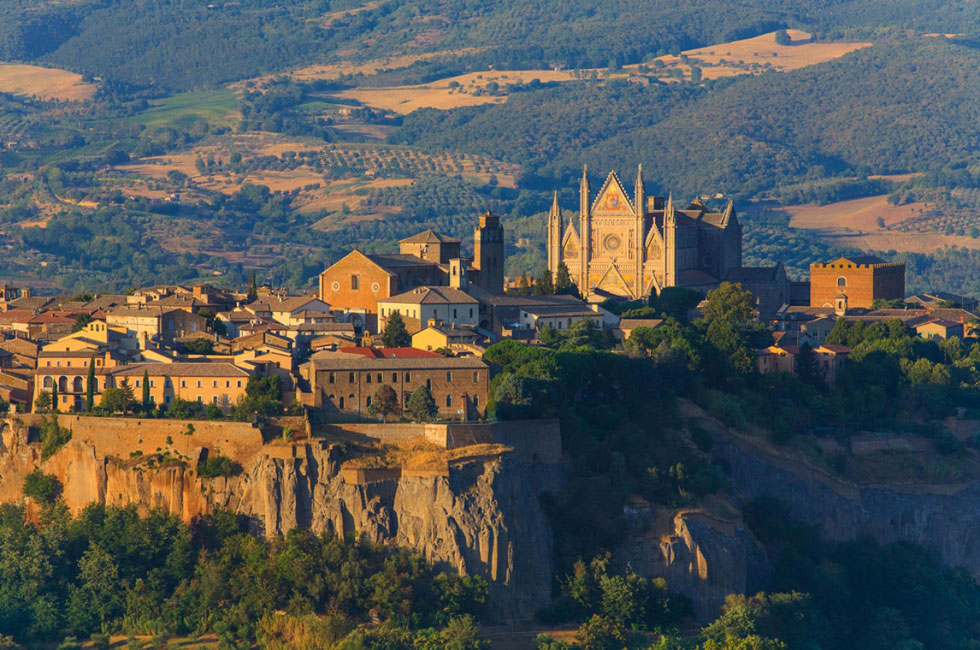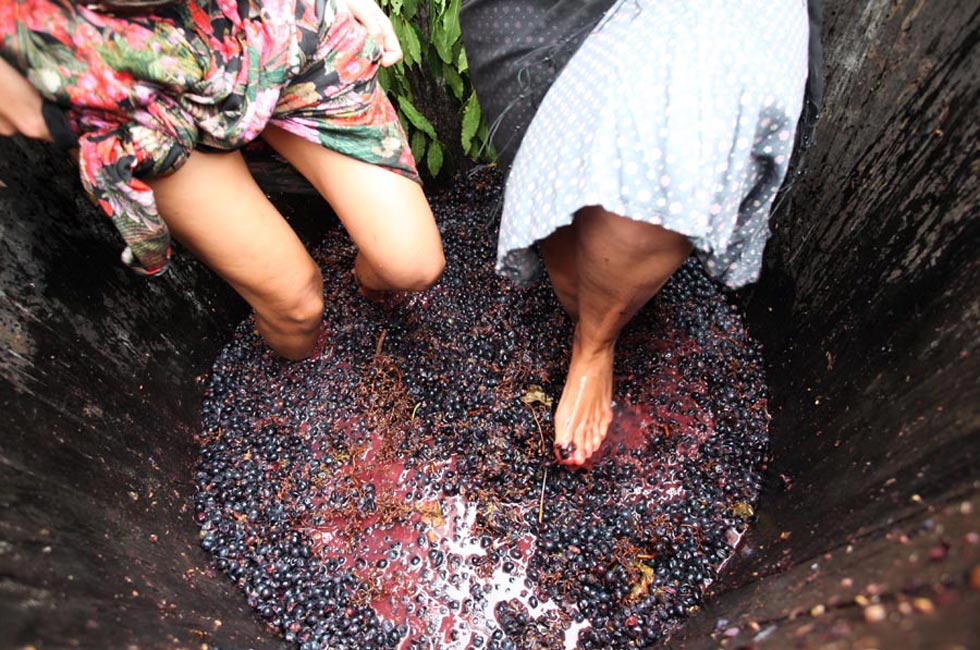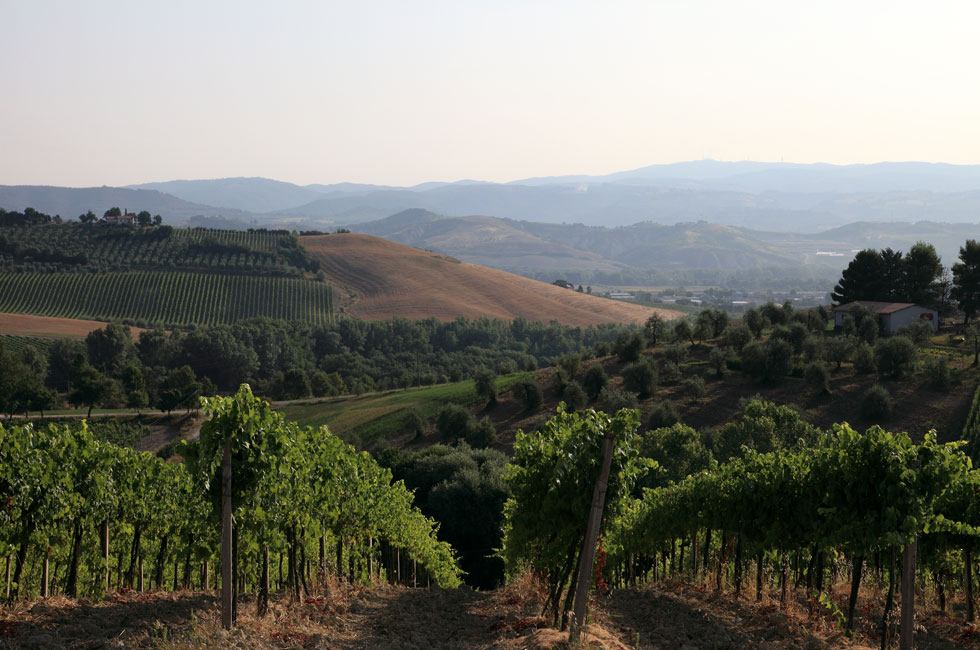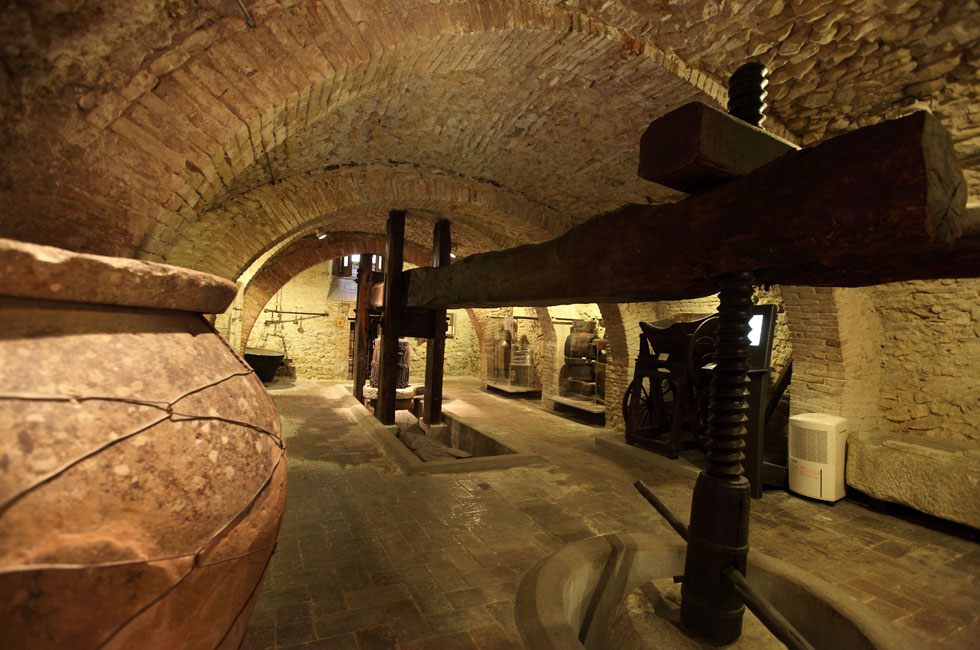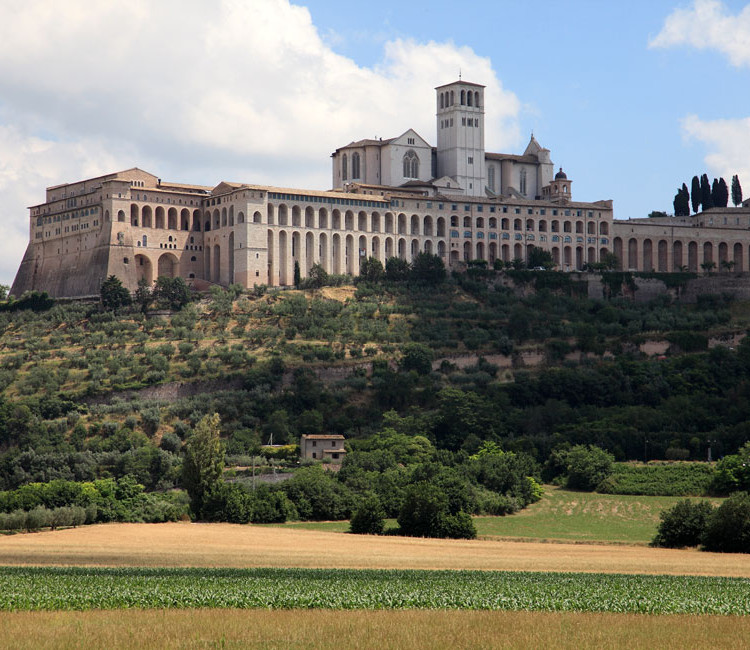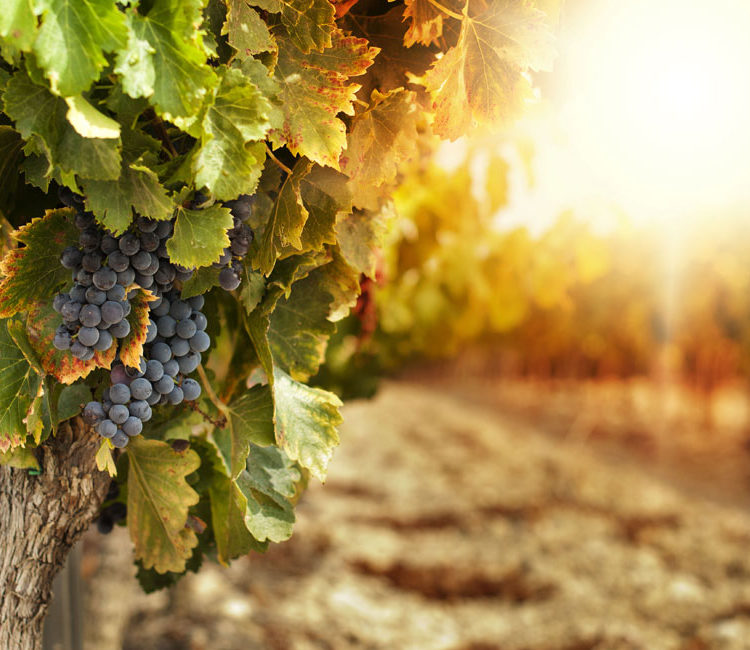By Admin
Posted in Vino | Tags : Arte, Bevagna, Etruschi, Monte Vibiano, Montefalco, Orvieto, Torgiano, Vino
Wines from Umbria start to acquire importance not only in Italy but also on the international market. To know something more about the places in which the wine is produced is not only an opportunity for tasting it directly on the place of origin, but it represents also the possibility to understand the deep connection between the wine and its historical and cultural background.
Etruscans and wine: Orvieto
It’s still a mistery which is the Etruscans place of origin, but certainly their existence in the centre of Italy deeply marked history and the traditions of those places where they lived and where they established their culture. Thanks to Latin and Greek historians, we know something about them: peaceful population, lovers of the pleasures of life and not keen on war. The depictions on the paintings of their graves and their goods portray them while dancing or playing sports, or having a banquet and drinking cheerfully. The wine they drunk should have been of course totally different from what we drink today, but we have to be grateful to them for the introduction of the plantation of grapevine.
Just few kilometres separate Orvieto from the town of Porano, where is possible to visit the only painted Etruscan grave of the territory. Once finished the visit, transfer to a winery for lunch and for tasting typical local wines. The afternoon is dedicated to the visit of the city of Orvieto. Exactly on the same square with the very famous Cathedral, you can’t miss the visit to the Museo Archologico Nazionale (National Archeological Museum) where you can admire the beautiful ‘bucchero’ ceramic and other objects coming from excavations of that area, indicating the strong link between this territory and its wine tradition.
Medieval Atmospheres: Montefalco and Bevagna
Montefalco has rightly been nicknamed ‘Railing of Umbria”, beacuse of its special position from which is possibile to dominate a breath-taking view. This little town has many well-preserved buildings of XIV century, such as Palazzo Comunale (Council Palace) and the ex-church of Saint Filippo Neri, today location of the town theatre, and other Reinassence overlapping and remakes. The most precious thing in Montefalco is, with no doubts, the church-museum of Saint Francesco: a synthesis of the history, the culture and the tradition of Montefalco. It was built between 1335 and 1338 by the Order of Friars Minor and since 1895 it has been the location of Museo Civico (Civic Museum); inside of it there are many prestigious workarts of the most famous painters as the cycle of Benozzo Gozzoli dedicated to the ‘Life of Saint Franscesco’. The most antique part of the town, the Quartiere di Porta Camiano (Neighborhood of Porta Camiano), has a fascinating curiosity. Among the stonewalls and among the alleys that run down from Piazza del Comune (Town Square), Sagrantino grapevines symbolize the connection of different periods and reveal an ancient presence of domestic grapevines in the vegetable gardens’ walls. Montefalco is proud of this grape variety, which embodies the symbol of wealth. The study of these plants genetics allowed to identify Sagrantino genotype for a new plantation. An important project that strenghtens even more the link between wine and territory. A tasting lunch with Sagrantino and other wines of the area will be the best way to appreciate the ancient relationship between this nectar and its place of birth. In the afternoon, another full immersion in the Medieval Age with the visit of Bevagna. The ancient Mevania, whose territory was passed through by Flaminia Way, had a great importance during Roman age considering the many evidences still existing. Today this small town offers an intact medieval framework, made up of alleys, perspectives and a marvellous square with two Romanic churches of XII century.
The wine experience: Torgiano
The wine is a summary of passion, tradition and culture. The small town of Torgiano has a typical medieval aspect and ruins of ancient walls. The story of this antique village in the heart of Umbria is linked to the ancient Rome and a legend talks about a connection with the pagan god Giano, to which was dedicated the ancient tower denominated indeed, “Torre di Giano” (Tower of Giano). Today Torgiano is a synonim of wine culture, thanks to the presence of an important museum dedicated to this thousand-year-old product. The MUVIT – Museo del Vino di Torgiano (Torgiano Wine Museum) – collects many interesting historical documents concerning the different wine sectors: from the wine-growing and wine-making technique to the artistic, folk and bibliographical documentation. You can’t miss the opportunity to take a guided introductory tour for discovering the wine secrets: from wine-making installation to the step of maturation in casks and barrique and bottle refinement. And for completing the visit, there’s nothing better than a walk through the evocative vineyards sipping a good wine!
The deep respect for the environment: Monte Vibiano
The wine is, above all, a pleasure both for who drinks it and, even more, for who produces it. It means love and deep respect of the environment and of the land that offers us its wonderful flavours, different, peculiar and unique depending on the soil where the grapevines grow up. Then, expert hands will know how to pick the grape and expert gatherers will know how to press and to mature it for producing a high quality wine. Producing wine is a way of experimentation that puts together innovation and new techniques with the ancient knowledge. Today we’ll have the opportunity to live a unique situation, where the inspiration perfectly combines with the land generousity so that what is obtained is a pure sensational pleasure. On ecological vehicles, we’ll explore a suggestive tree-lined road, leaving the valley behind for climbing up to the surrounding hills, from which will be possible to observe the field life, always fervent, in every period of the year: an occasion for watching the marvelous landscapes, centuries old olives and grapes expanses where are planted finest grapes for red and white high-quality wines of Monte Vibiano. This is the most astonishing stop of the today tour, for the breath-taking beauty of surrounding hills, with their thousand shades of green, sometimes interrupted by valleys of central Umbria. Once back we’ll have the ageing cellars visit and a delicious tasting.





